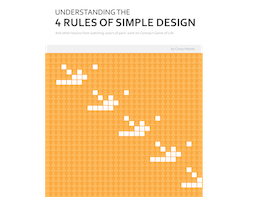Partial Application
This post was supposed to be about Partial Active Patterns, but before we get to that, I want to take a small diversion to cover Partial Application of Active Patterns (which is a completely different thing). Confused? Don’t worry. Read on.
Partial Application
I’ve described Partial Application in detail here and here, so I’m going to assume that you know how it works for regular functions. Please read those two posts if you are in any doubt.






